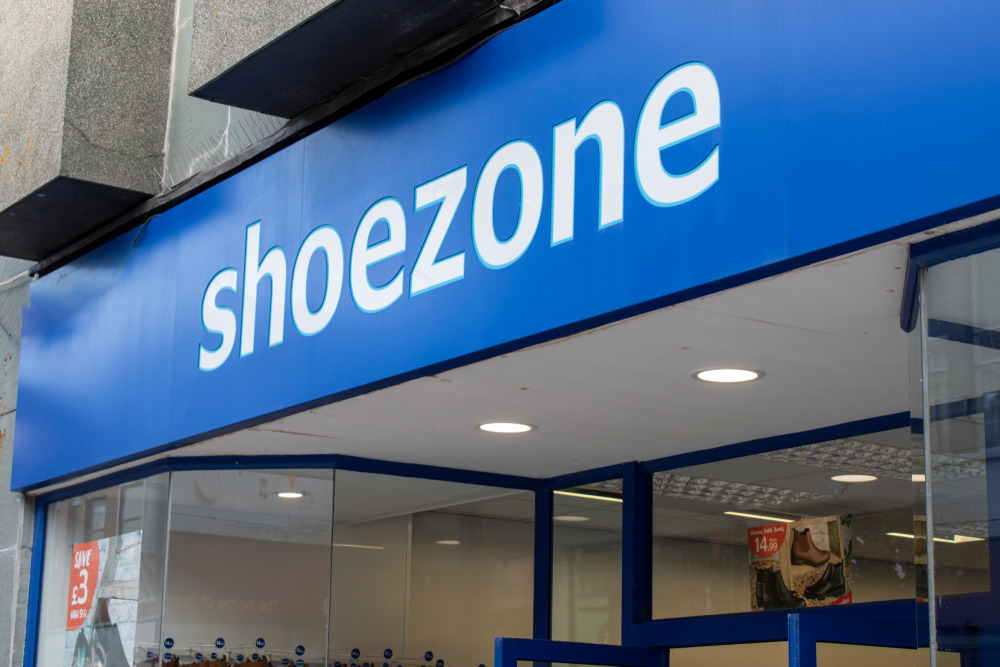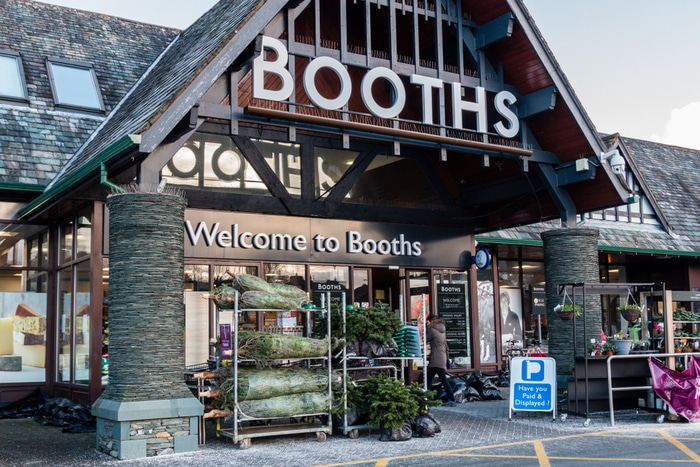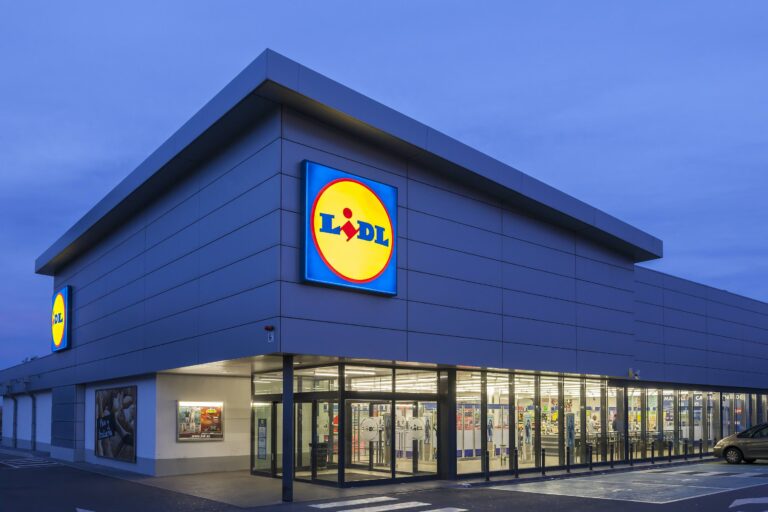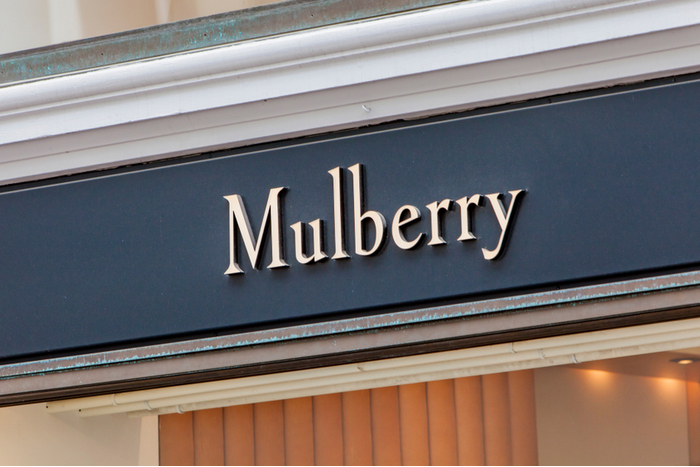Shopping centre construction continues to fall as developers remain cautious over the economy, figures released today reveal.
Currently, construction activity is at just 25 per cent of the level recorded immediately before the onset of the 2007 credit crisis, according to property development firm CBRE and pipeline levels have fallen by almost 10 per cent over the last six months.
At the onset of the financial crisis, space under construction represented almost 20 per cent of the pipeline total, though that has dropped to just six per cent with only five shopping centre schemes now under construction across the whole of the UK.
Within its Shopping Centres in the Pipeline report, CBRE commented: “Shopping centre construction activity continues to contract, down from 13.02m sq ft immediately prior to the 2007 financial meltdown to just 3.33m sq ft now.
“Construction activity levels suggest annual completion levels of 2m sq ft to 3m sq ft pa of shopping centre space for the foreseeable future. At this level, development activity is just bumping along the bottom.
“And four years after the onset of the downturn ‘quantitative easing‘ remains in the economic toolbox.As long as it does, development activity will remain muted.”
The group also noted that the exceptional growth of the grocery sector is exacerbating the problem as supermarkets increase their non-food offerings, with supermarket development growing 57 per cent since September 2007.
“The longer the speculative development downturn lasts, the greater the market share loss to grocers,” the group warned in its report.
“The scale of market share shift to date has already been huge and looks set to carry on growing.”
While contractions in development levels are to be expected during difficult financial times, the recession of the early 1990s saw proposal and consent levels decline sharply, though until recently the overall pipelines levels have remained stable.
CBRE explained that such stability pointed to the confidence of developers that consumer demand would pick up, though the group added: “After four years there is still no sign of this benign outcome emerging: an upturn looks as distant as ever.”








